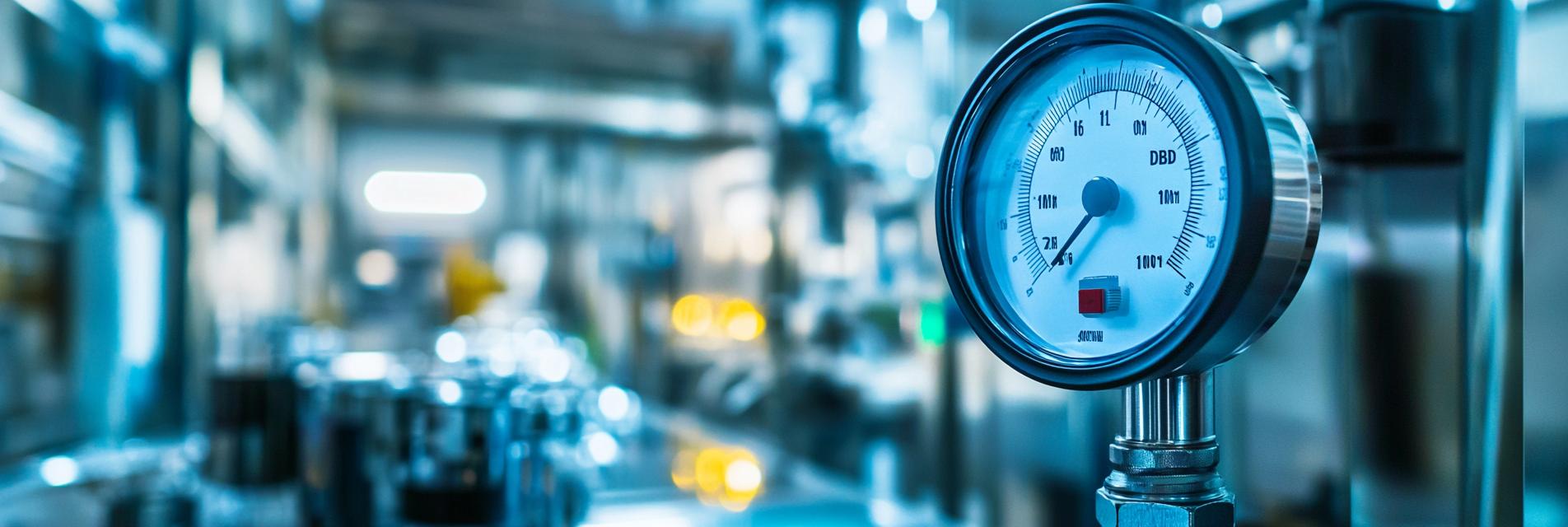As an enthusiast in the realm of Dielectric Barrier Discharge (DBD) technology, I often find myself pondering a crucial question: What's the optimal temperature for DBD? 🌡️ While it might seem a bit dry at first glance, I assure you, this topic is anything but boring!
Before we jump into temperatures, let's unpack what DBD technology actually does. In essence, it generates plasma, which can be utilized for various applications, from treating surfaces to developing new materials. However, this plasma generation is significantly influenced by temperature. 🤔
Maintaining the right temperature is vital for effective plasma applications. If it's too cold, you're not getting enough action in the discharge—a bit like trying to party at a venue with no music! On the flip side, if things get too hot, well, let’s just say you could be looking at degraded performance. 🎉🔥
Through various studies and empirical observations, it has been noted that the optimal range typically falls between 30°C to 100°C. However, specific applications may require minor tweaks to this range. The secret? Constant monitoring and fine-tuning are key to success! 🔍
Here are some light-hearted best practices I’ve learned along my journey:
In conclusion, understanding and maintaining the optimal temperature for DBD technology is essential for maximizing efficiency and performance in your plasma applications. Just remember, when it comes to temperature control, it’s all about finding that perfect balance. So let's get our DBD grooves on and keep things running smoothly! 🌟

